Columbia River, Washington.
Washington state depends upon its many rivers for both irrigation and electrical generation. There are over 1100 dams in Washington, mostly small, under 50 feet (15 m) tall, earthen, and used for irrigation. According to Wikipedia, there are 49 dams in the state that are hydroelectric, mostly operated by Public Utility Districts (PUD). In addition to electric generation, many PUDs also provide other community services such as communications, water, sewer, and other typical utilities. The PUDs serve about a million residents of the state in 26 counties. My opening image this week features the Rocky Reach Dam on the Columbia River.
The dam, located about 7 miles (11 km) north of Wenatchee, Washington, features a beautiful park and visitor center. Unfortunately, due to the pandemic, the visitor center is closed and the children’s play areas are cordoned off, however, the park is open and on a beautiful day, we stopped and wandered through the well-manicured gardens.
One of the items on display is a turbine blade that was removed at the end of its useful life. A complete set of placards surround the turbine that describes details of how the electrical generation system operates.
A wider view of the dam shows a larger view of the park. Some of the more interesting displays feature facts about the environmental impact of hydroelectric dams and the mitigations they provide to ensure the safe passage of fish as they migrate on the river.
About an hour north of Rocky Reach Dam on the Columbia River, another PUD park at Chelan features the Wells Dam. The dam is a Corps of Engineers responsibility that generates about 800 megawatts. Contracts provide for the sale of power to several of Washington state’s utility providers. The design of the Wells Project is unique in that the generating units, spillways, switchyard, and fish passage facilities are combined into a single structure referred to as the hydrocombine.
In 1990, the plant went through a turbine replacement project that upgraded the design of the ten turbine blade sets for a more efficient and (safer for the fish) improved design. One of the older blades was mounted in the park for display. In addition to safer turbine designs, a “fish ladder” system was added that allowed better passage for juvenile fish. Adjacent to the dam, the Wells Hatchery raises many types of fish native to the area that are introduced into the state’s ecosystem. The hatchery has been in operation since 1967.
The operation is successfully replenishing many varieties of fish. According to the Douglas County PUD website, “Currently, annual production at the Wells Fish Hatchery includes 408,000 yearling ESA-listed summer steelhead, 804,000 yearling and sub-yearling summer Chinook, 5,000 juvenile white sturgeon, and 20,000 pounds of trout, kokanee and land locked Chinook.” You can read more about the dam and hatchery here.
The largest of the power generating dams in Washington state is the Grand Coulee Dam. To give you some comparison, Grand Coulee generates over 6,800 megawatts of power, actually three times the output of Nevada’s Hoover Dam. We didn’t get a chance to stop at Grand Coulee, and given the current state of the pandemic, we wouldn’t have been able to go through the visitor center anyway. We’ll save that trip for another year. In the meantime, I submit for your review a gallery of images captured at both Rocky Reach and Wells Dam parks.
John Steiner

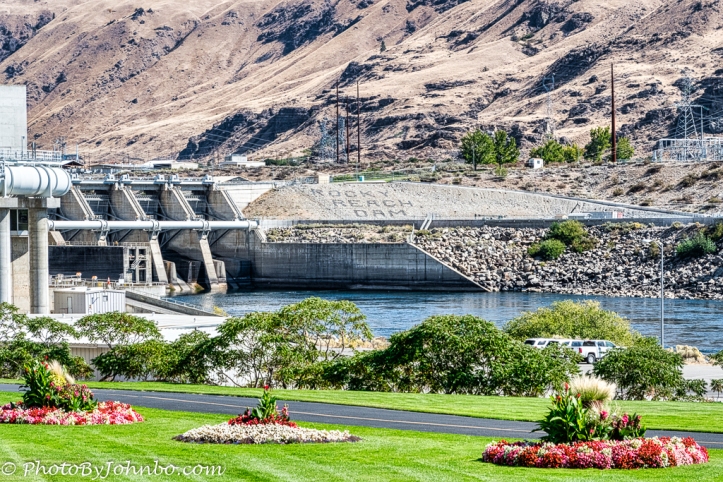
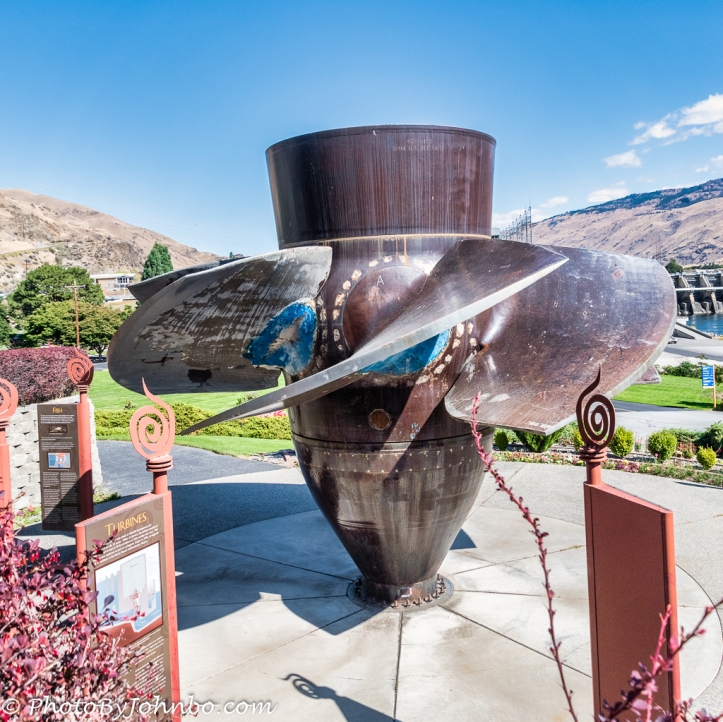
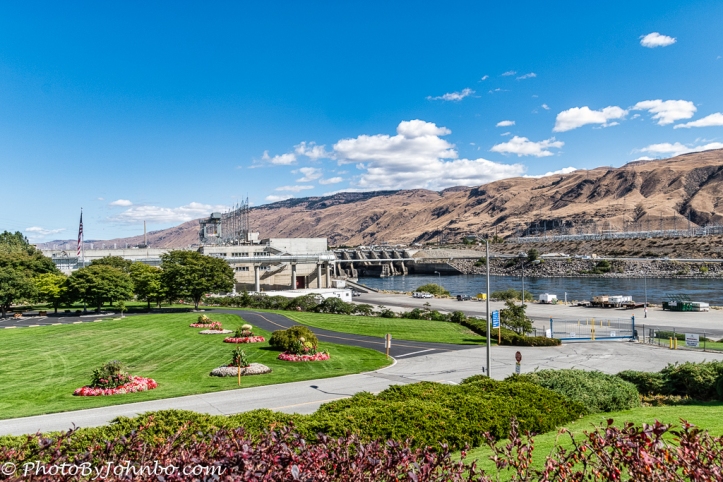
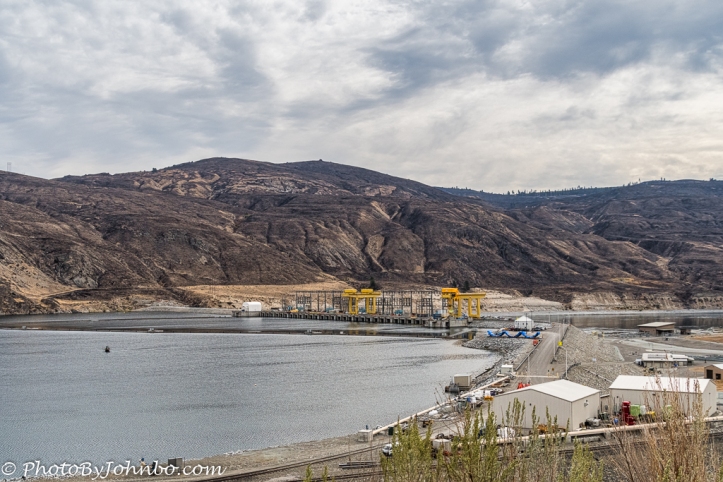
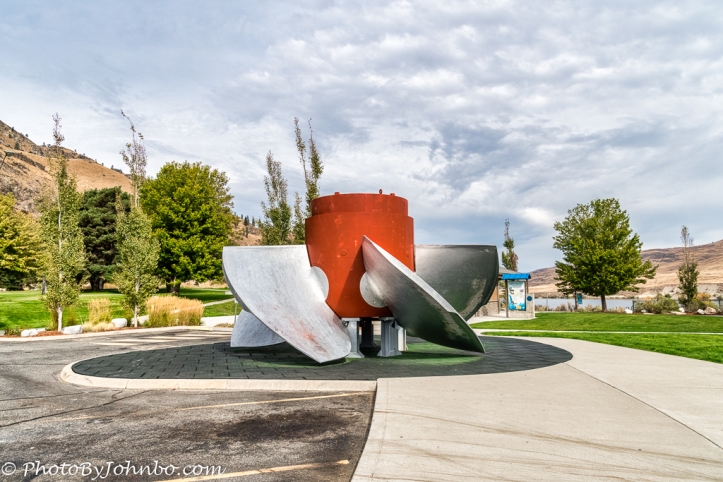










I love the way in which these key infrastructure points are turned into multi-use facilities
I was surprised by the design and care of the multi-use parks. They are well maintained and I suspect are much better used in non-Covid times.